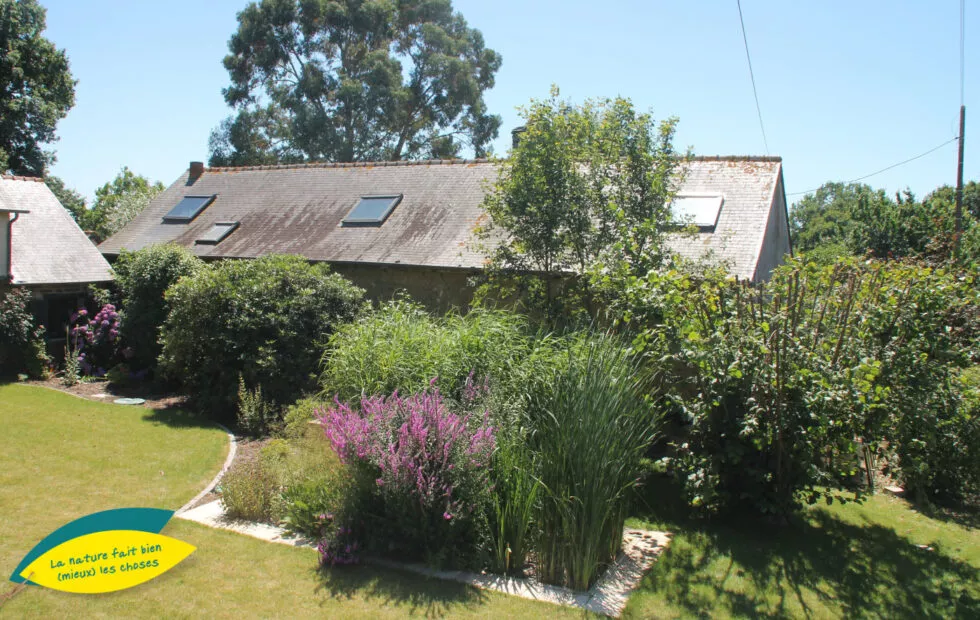Buyer of a house whose system no longer complies with standards

Bringing a Non-Collective Sanitation (NCS) system up to standard when buying a detached house.
When you buy a detached house, it’s important to check that the Non-Collective Sanitation (NCS) system is up to standard. This system, designed to treat domestic wastewater, must meet strict standards to ensure that it works properly and protects the environment. What steps should you take to determine whether or not your system needs to be rehabilitated? Here’s a detailed guide to help you through the process.
Non-Collective Sanitation (NCS) System: guaranteeing compliance before the sale
When selling a property fitted with a Non-Collective Sanitation (NCS) system, it is essential for the seller to prove that the system is compliant.
In the event of non-compliance, the seller may be held responsible for the work required to bring the system up to standard, or will have to negotiate with the buyer to compensate for the non-compliance.
To avoid any complications at the time of sale and ensure a smooth transaction, the seller must ensure that they obtain and provide this essential document. Compliance with this procedure strengthens trust between the parties and ensures that the property complies with regulatory requirements, for the well-being and safety of future occupants.
Non-Compliant Non-Collective Sanitation (NCS) Device: what you need to know
- No obligation for the seller to restore the property
It is important to note that the seller is under no legal obligation to bring the NCS system up to standard before selling the property. This allows the seller to transfer ownership of the property without having to undertake potentially costly and complex work. However, this situation must be clearly communicated to the buyer during the sales negotiations.
If the seller does not carry out any work to bring the system up to standard, the buyer will be responsible for this work. The buyer will then be responsible for rehabilitating the NCS system to bring it into compliance with current regulations. To do this, the purchaser will have one year from the date of purchase of the property to carry out the necessary work. This period allows the buyer to plan and finance the work required without rushing.
Buyers are strongly advised to take the cost of bringing the works up to standard into account when negotiating the property purchase price. An accurate assessment of the costs involved in renovating the NCS system can help to ensure that the sale price is fairly adjusted. This negotiation helps to compensate the future buyer for the work that needs to be carried out, and to ensure a transparent and balanced transaction.
IMPORTANT: It is strongly recommended that you negotiate the purchase price of the property with the seller, taking into account the cost of the refurbishment work to be carried out. A precise assessment of the expenditure involved can help you to adjust the sale price fairly.
To sum up, although the seller does not have to bear the cost of repairing a non-compliant NCS system, it is essential for the buyer to negotiate properly and plan for the cost of repairs.

